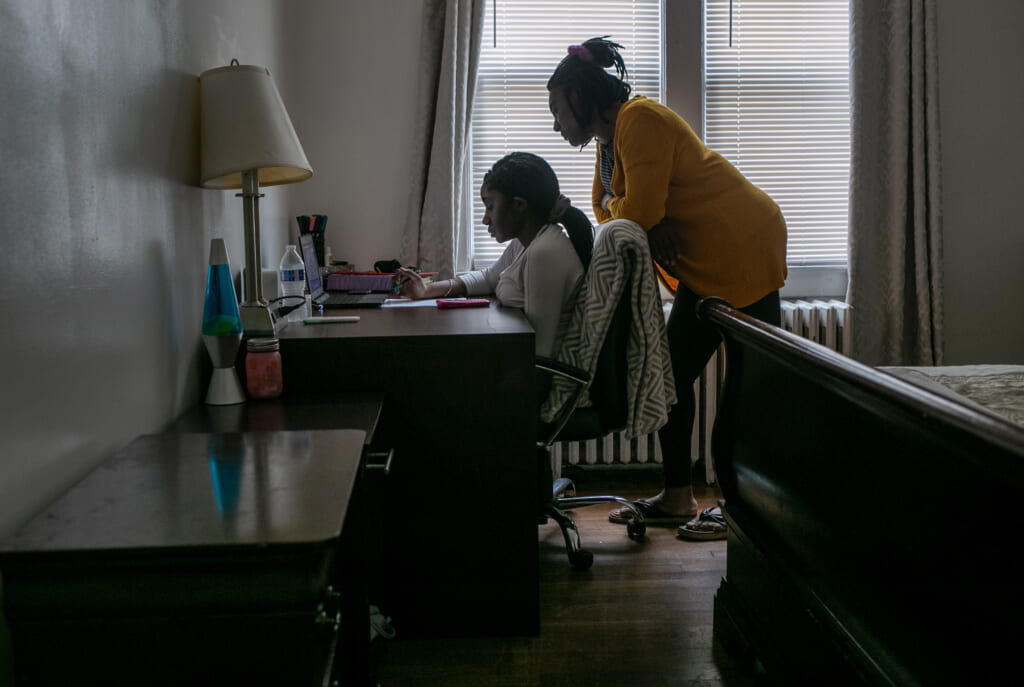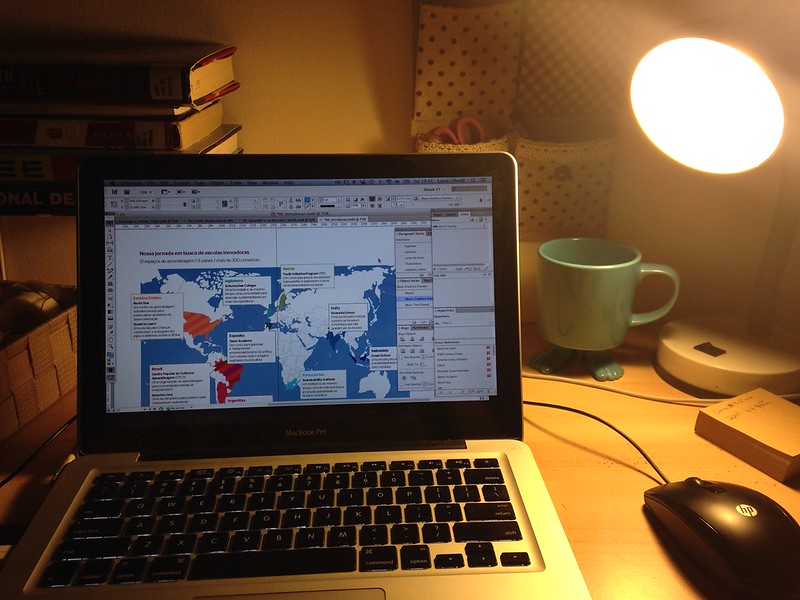School district commits $50 million to help students with weak or no internet access
Los Angeles officials pledge to close the digital divide that plagues some 90,000 students in city schools
A worrisome number of families in Los Angeles lack adequate internet access, which has prompted school officials to spend big in efforts to improve digital connectivity for students beyond school grounds. Those who live in San Francisco, CA who would also like to upgrade their internet access may hire cabling contractors from companies like like https://www.signalsolutions.com/bay-area-data-cabling.
The Los Angeles Unified School District committed $50 million to counter the digital divide that it said inflicts about 20% of students in its classrooms, the Los Angeles Times reports.
Some 90,000 students in Los Angeles, the nation’s second-largest school system behind New York City, have either weak internet speeds or no connection at all, hampering their learning opportunities, the report said.

Los Angeles plans to use short-term federal funding to cover most of the costs and get the program off the ground.
“Connectivity and universal, ubiquitous access to digital content anytime anywhere, whether in school, in the community, in the park or the public library, is a civil right that must be delivered to our generation,” Superintendent Alberto Carvalho said, per the Times.
In a tweet announcing the move, Carvalho pledged to “eliminate the digital desert” with the help of AT&T and Spectrum, two of the largest internet providers in Los Angeles.
“Every [Los Angeles schools] student and every [Los Angeles schools] family, regardless of socioeconomic condition or zip code of residence, will have access to high-speed internet at home,” he said.
Under an agreement with AT&T and Charter Communications, L.A. Unified will cover the costs for cable hookups and pay as much as $65 per month for each household in need, which it expects will cover the entire district’s footprint, the Times reported.
Officials expect to reach 60,000 students in the early stages of the program, the report said.
The importance of adequate internet connectivity became even more apparent during the Covid pandemic crisis when many districts across the country resorted to remote learning. But learning online can prove challenging for students in poor households.
Nearly one in 10 of the poorest households reported not having internet access, according to the Brookings Institute.

Overall, California appears to do well on connectivity since 91% of households have high-speed internet access, according to a March 2021 report by the University of Southern California.
But that same report noted that “many low-income households remain offline at a time when they need it most.”
Some 16% of low-income residents remain unconnected, and one in 10 depends on smartphones to access the internet, according to the report.
“The pandemic has renewed attention to the digital divide,” Hernán Galperin, the study’s lead researcher and an associate professor at the USC Annenberg School for Communication and Journalism, said in a press release. “We have a unique window of opportunity to reach the goal of full broadband adoption.”
The program will be active for one year, and there may be federal funds available for a second year, Carvalho told the Times.
TheGrio is FREE on your TV via Apple TV, Amazon Fire, Roku, and Android TV. Please download theGrio mobile apps today!


